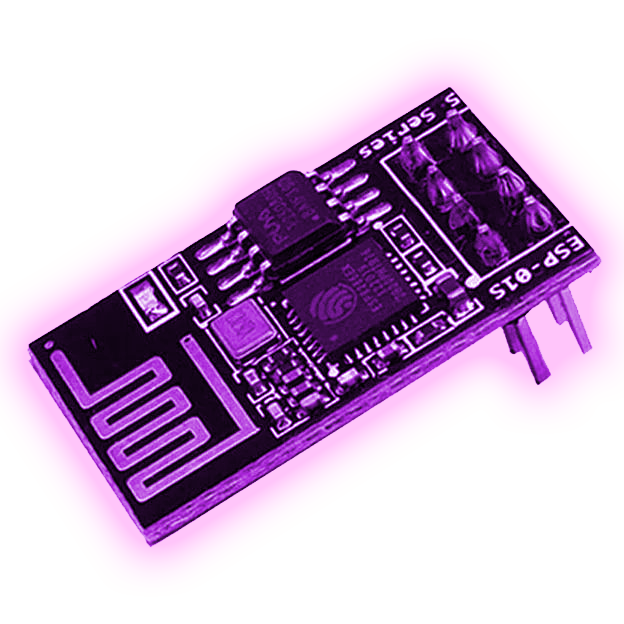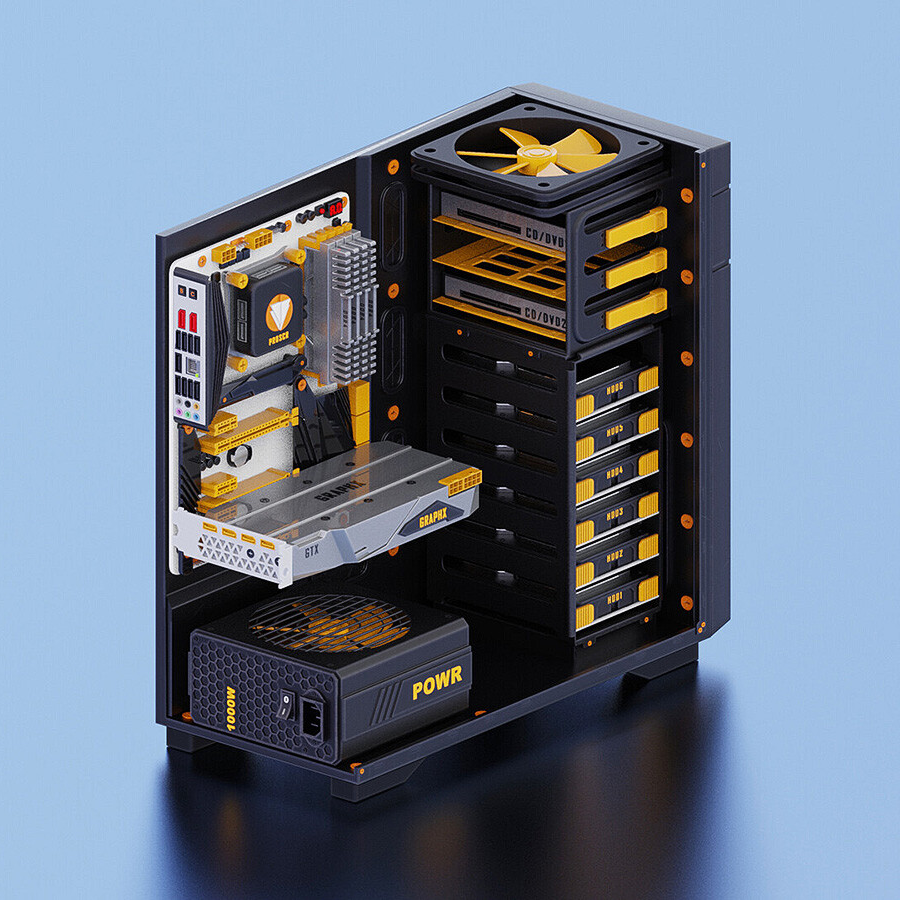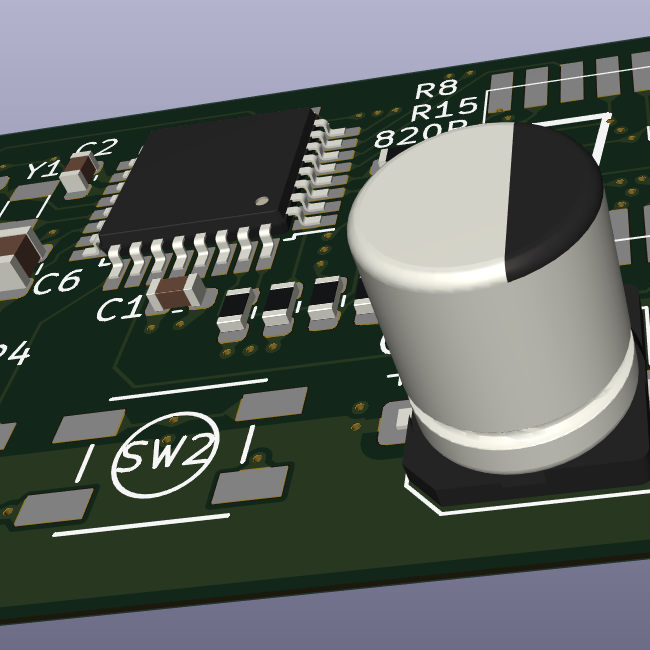You probably just need to chow. The directory
- 7 Posts
- 26 Comments
If I remember correctly mnt is for static media that you expect to always be present and media is for removable media which may come and go.

 4·5 months ago
4·5 months agoLooks like it

 3·6 months ago
3·6 months ago$140 upcharge on a lilygo t-deck to pre fit it into a 3d printed case and add a battery seems absurd to me.

 4·7 months ago
4·7 months agoFor 2.5" SSD I’d suggest a Samsung Evo or crucial mx500. These will top out at like 4TB afaik.
For 3.5" spinner I’d suggest an enterprise class HDD. Specifically WD Gold or HGST. Look up the most recent backblaze drive failure report for some models known to last a while.

 5·7 months ago
5·7 months agoWhat are the chances of an official flatpak getting maintained so us lazy folk don’t need to keep up with the GitHub repo/site for when updates drop?
Edit: Also do you have any plans to add NX support?
BSD, Haiku, Plan9, RiscOS, etc. Probably mostly BSD.

 1·10 months ago
1·10 months agoMaybe just allow apt update specifically via the sudoers conf so you can cron job it to run without being prompted for user input, or just run it in cron as root.

 12·1 year ago
12·1 year agoPossibly the antenna wasn’t tuned correctly to the channel which you have the router configured to use so you had a higher swr than your radio frontend could handle eventually burning it out.
Debian is only as boring as you want it to be.

 2·1 year ago
2·1 year agoiMac G3
wow, an operating system on a computer, sounds so improbable :P

 2·1 year ago
2·1 year agoOh yeah, didn’t even think about that. Isn’t using userspace network pretty common these days anyway?

 1·1 year ago
1·1 year agoActually was looking into this some more, and came across this article.
https://hackaday.com/2019/06/10/running-linux-on-a-thermostat/

 1·1 year ago
1·1 year agoIt doesn’t have as much to do with where the network stack is running, but that they’re leveraging hardware offloading. Their CPUs generally aren’t powerfull enough to switch packets at gigabit speeds let alone on many interfaces at gigabit or multi-gig speeds. Its by leveraging ASICs and maybe even some using FPGAs for hardware offload that they can switch packets at line rate. I understand how they do it, I still just find it kind of weird and cool.
I didn’t list HDDs as someone else had mentioned that already. I was just listing a few devices that weren’t mentioned in other comments yet.

 44·1 year ago
44·1 year agoWe had a fancy coffee machine at an old job that ran Linux. If I remember correctly it was a top of line cafection or zulay machine. One of the ones with a touch screen. Just booted off an SD card as well iirc so probably would have been pretty easy to hack on.
I still find it weird that managed switches run Linux as I generally would think that at those data rates they’d need something closer to the metal but with the magic of HW offloading that’s been a thing in enterprise for a while and OpenWRT even supports some consumer grade ones now.
Some (probably most) ebook readers like the Kindle.
Many newer cars.
TI NSpire calculators.
A slow cooker. https://www.linux.com/news/crock-pot-slow-cooker-wi-fi-smarts-hands/
A cable modem. Specifically the Motorola SB6120 can. Maybe others too.
WiFi enabled SD cards. https://elinux.org/Wifi_SD
A dead badger. http://strangehorizons.com/non-fiction/articles/installing-linux-on-a-dead-badger-users-notes/
EDIT: Totally forgot about these 2 ham radios. You can run and access Linux on both of these. One is by design as its running on a Pi, the other via mod by R1CBU booting the OS from an SD card.
sBitx v2: https://www.hfsignals.com/index.php/sbitx-v2/
Xiegu x6100: https://r1cbu.ru/index.php/home/radio-software/x6100

 6·1 year ago
6·1 year agoSome of the smart thermostats almost certainly do. Also this one 100% does. https://hestiapi.com/
echo c | sudo tee /proc/sysrq-trigger🫣






Where did you get 16 years from? The drive says date of manufacture as 2012. 12 years is still a pretty good run for a laptop spinner though.